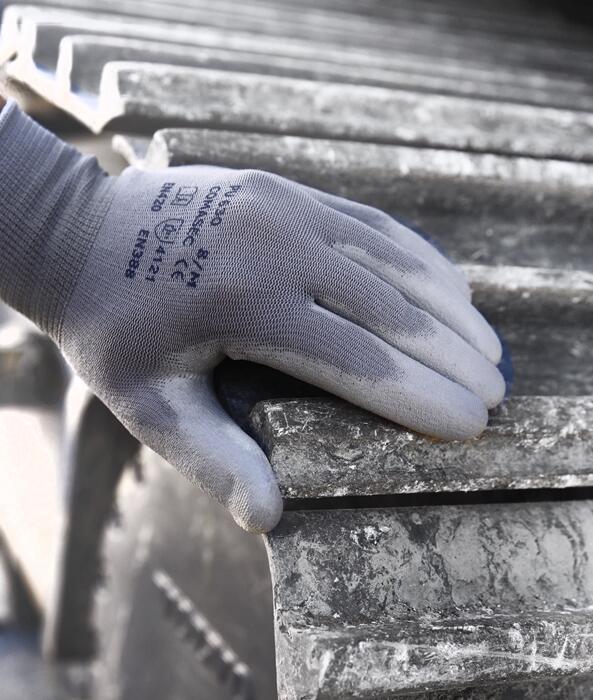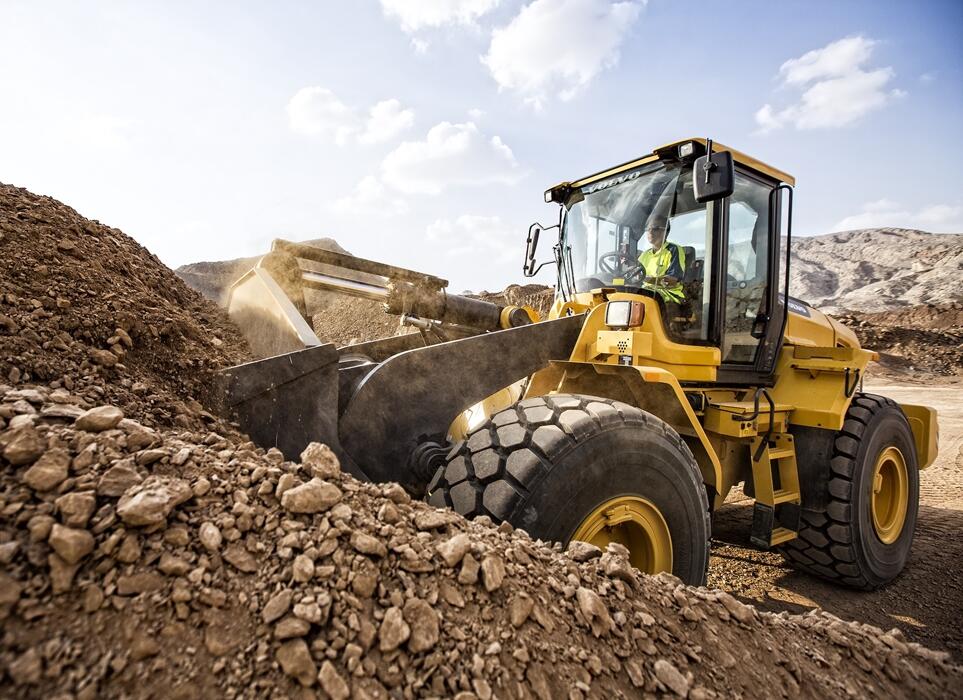Dos & Don’ts to Increase Machine Trade-In Values

Getting the best price and most value out of a trade-in for your construction equipment can sometimes be a challenge — but understanding a few simple do’s and don’ts can help. Things like equipment condition, type and age, plus market demand are a few of the challenges you might face when trying to increase your trade-in values.
Below, I’ve provided some of my top tips to help you get more out of your trade-in machines.
To learn more, check out Volvo’s Used Construction Equipment page to learn more about how Volvo certifies its used equipment as a resource for your selling process.
MACHINE TRADE-IN DOS
- DO adequate research to understand what your machine is worth before making any repairs or agreeing to a trade-in amount. This is probably the largest hurdle because both the dealer and customer have to find middle ground, which is compromised when true values aren’t fully known. You can start by looking at auction results or reviewing comparable machine values on sites like machinerytrader.com.
- DO maintain good service records, and properly employ a preventative maintenance program. I recommend having service agreements with the OEM/dealer. The biggest unknown for a used buyer is guessing if the used machine they’re looking for is any good or if it will last. Service records tell the story of the machine and prove that the previous owner (you) took good care of it.
- DO focus on cosmetics. No one will pay top dollar for a pick-up truck that looks beat up — the same is true for construction equipment. The roughest looking machine could be the best mechanically, but a machine with poor cosmetics always screams “run away.” It’s important to understand used machines are used, and they should look used. The desire should never be to mask or hide anything, but instead, present a machine where the condition is reflective of the age and hours. I recommend ensuring sheet metal is straight, the operator’s platform is clean and functioning, there are no leaks, and paintwork is only in the areas consistent with the age/hours.
- DO make sure there is 40-50% life remaining for undercarriages and tires. Undercarriage/tire repairs and replacements are very expensive, and someone has to pay. This is a juggling act that requires proper fleet management.
 For example: A 2000-hour excavator with a 30% undercarriage is obviously not worth as much if the average of similar age/hour machines have 60% remaining undercarriages. The problem becomes what to do to add value. Yes, you can replace the undercarriage, but it won’t increase the value dollar-for-dollar of the cost because similarly offered machines have 60% remaining. Alternatively, not replacing the undercarriage means the dealer has to discount the price to offset the weak undercarriage versus similar offerings with 60% undercarriages. Equipment owners always have to be mindful of this. One possibility might be to look at the availability of used offerings for both tires and undercarriages. There are both OEM and non-OEM dealers who have access to used components and tires.
For example: A 2000-hour excavator with a 30% undercarriage is obviously not worth as much if the average of similar age/hour machines have 60% remaining undercarriages. The problem becomes what to do to add value. Yes, you can replace the undercarriage, but it won’t increase the value dollar-for-dollar of the cost because similarly offered machines have 60% remaining. Alternatively, not replacing the undercarriage means the dealer has to discount the price to offset the weak undercarriage versus similar offerings with 60% undercarriages. Equipment owners always have to be mindful of this. One possibility might be to look at the availability of used offerings for both tires and undercarriages. There are both OEM and non-OEM dealers who have access to used components and tires.
MACHINE TRADE-IN DON’TS
- DON’T completely repaint a used machine. While maintaining cosmetics is important, you don’t want to overdo it. Touching up paint to maintain a clean look, however, is acceptable. It’s extremely difficult or almost impossible to fully repaint a machine without some residual side effect in appearance. Understanding the hour range and subsequent paint wear consistent with hours should be the focus. Used machines are exactly that — they’re used. Freshly repainted machines risk giving the appearance that something is being hidden.
 DON’T over-repair machines. Know the difference between what is and what isn’t acceptable given current age/hours. Cosmetics matter and you need to maintain your equipment so the machines look like they’ve been looked after. That said, you can easily overspend — always repair machines with a full understanding of the machine’s value. You can always seek advice from your dealer, too. For example, if you have a track-type tractor that has a value of $10,000, it doesn’t make sense to spend $12,000 for a new undercarriage. Similarly, for a four-yard loader that has 25,000 hrs. on it with third gear out, it doesn’t make sense to replace the transmission and then trade it in.
DON’T over-repair machines. Know the difference between what is and what isn’t acceptable given current age/hours. Cosmetics matter and you need to maintain your equipment so the machines look like they’ve been looked after. That said, you can easily overspend — always repair machines with a full understanding of the machine’s value. You can always seek advice from your dealer, too. For example, if you have a track-type tractor that has a value of $10,000, it doesn’t make sense to spend $12,000 for a new undercarriage. Similarly, for a four-yard loader that has 25,000 hrs. on it with third gear out, it doesn’t make sense to replace the transmission and then trade it in.- DON’T over-value your trade. As stated earlier, always research the value of your machine and know what it’s worth.
When you think about your machine trade in, do your best to ensure the machine looks as good as it can, but that the appearance also represents the age and use of the machine. If you try to hide damage, it almost always gets noticed and the ending value might be even lower than if you’d never tried to cover it up in the first place. The reason is because it leads others to assume there might be more issues that are unaccounted for.
If you’re currently in a trade-in situation and looking to replace it with another used machine, check out my other post with tips to evaluate used machines for purchase online.